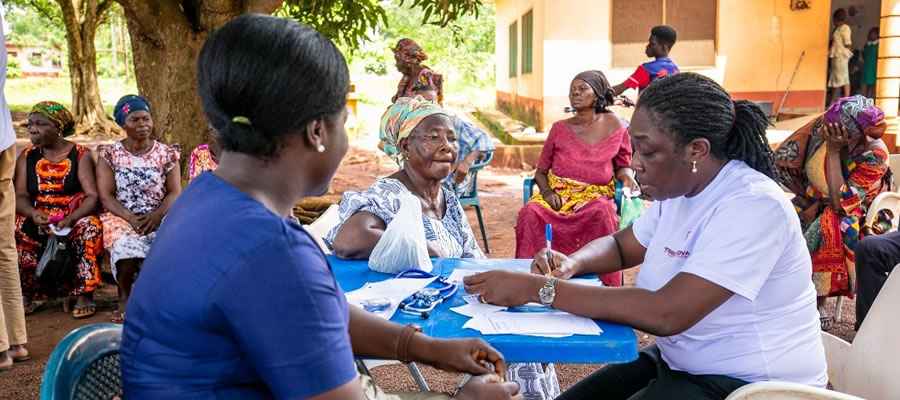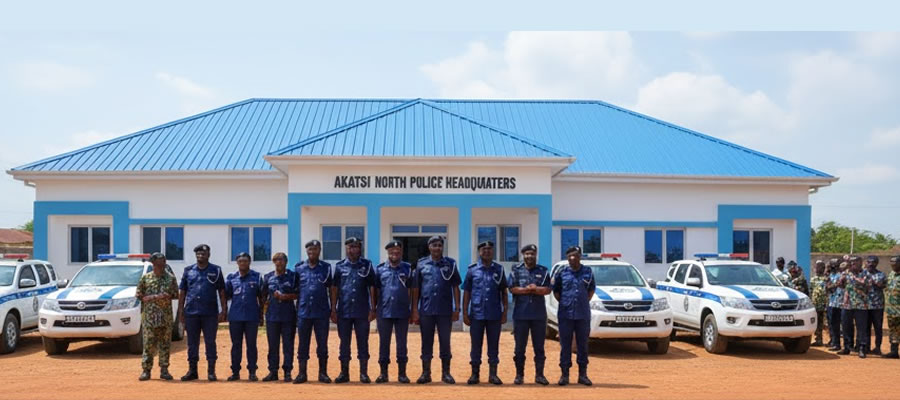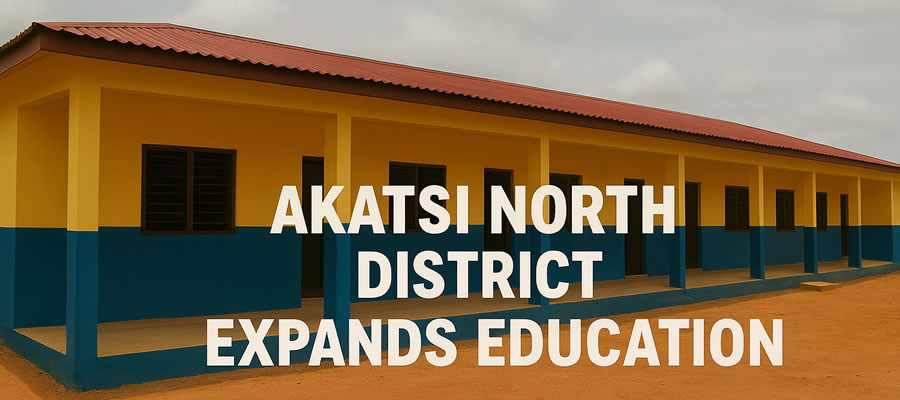
Location and Area
The region is located between latitudes 50 45?N and 80 45?N along the southern half of the eastern border of Ghana, which it shares with the Republic of Togo. It shares boundaries to the west with Greater Accra, Eastern and BrongAhafo regions, to the north with the Northern Region and has the Gulf of Guinea to the south. Its total land area is 20,570 square kilometres, representing 8.7 percent of the total land area of Ghana.
Climate
Like the rest of Ghana, the Volta Region has a tropical climate, characterized by moderate temperatures of 21-320 Celsius (70-900 F) for most of the year. The region has two rainfall regimes, the first from March to July and the second from mid-August to October. Rainfall figures, which vary greatly throughout the region, are highest in the central highland area and the forest zone and lowest in the Sahel-savannah zone in the northern part of the region. The average annual rainfall is between a low of 1,168 mm and a high of 2,103 mm.
Vegetation
The region is about 500 kilometres in length from south to north and spans all the vegetation zones of the country including costal grassland, mangrove swamps, guinea savannah, semi-deciduous forests, Sahel-savannah and mountainous wooded savannah in the north. Thus the region has competitive advantage over other regions for the cultivation of many crops. The middle and northern belts are mainly mountainous, with Mount Afadzato (885 m) being the highest peak in the country. The south is flat with marshy and sandy portions. These coastal areas are estimated to be less than 15 metres above sea level.
Date Created : 12/14/2017 2:50:00 AM












 facebook
facebook
 twitter
twitter
 Youtube
Youtube
 +233 593 831 280
+233 593 831 280 0800 430 430
0800 430 430 GPS: GE-231-4383
GPS: GE-231-4383 info@ghanadistricts.com
info@ghanadistricts.com Box GP1044, Accra, Ghana
Box GP1044, Accra, Ghana